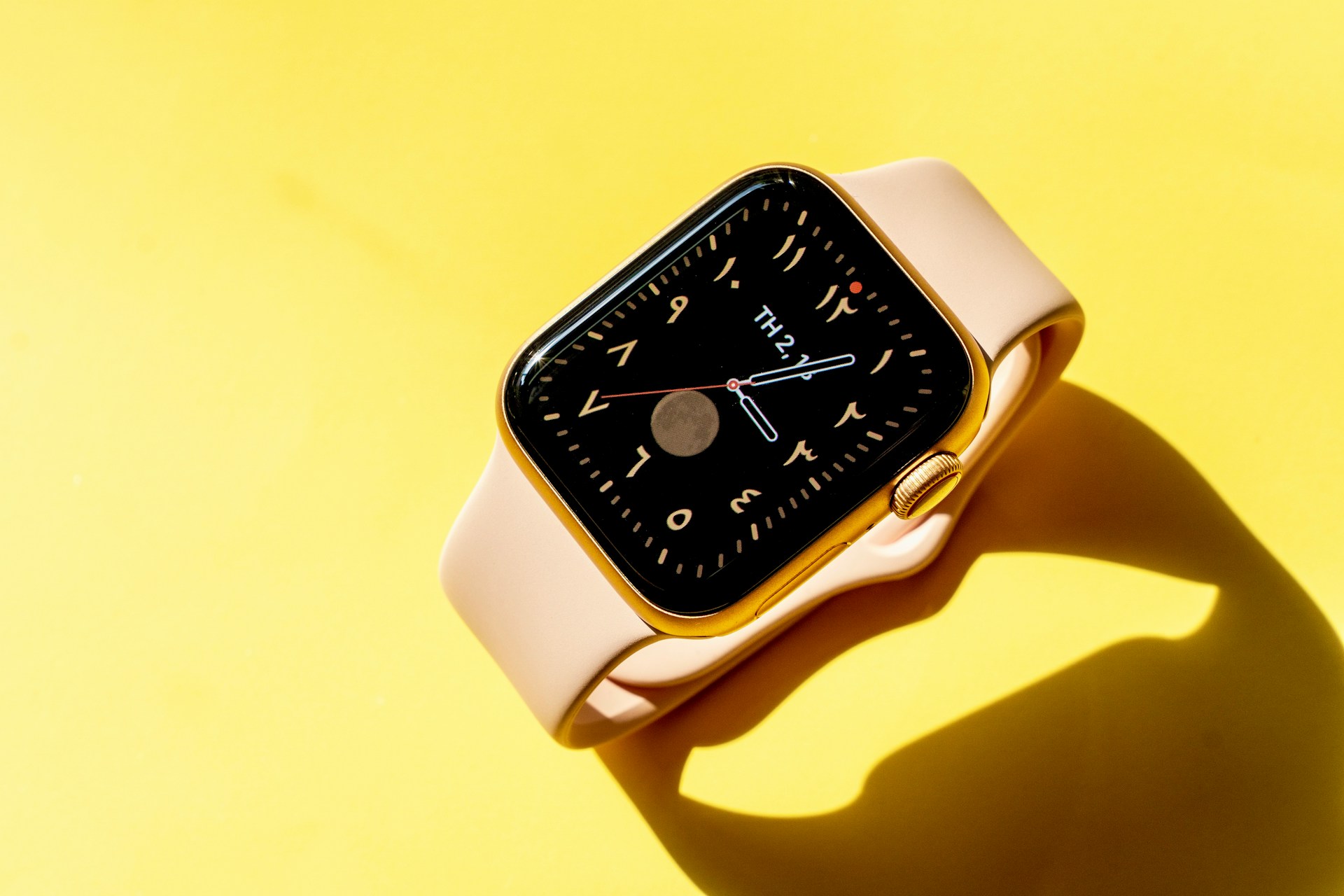Apple is actively seeking new suppliers for its microLED display technology for the Apple Watch Ultra, despite recent project cancellations and setbacks. The technology giant remains committed to advancing microLED displays, seeking alternatives after parting ways with supplier OSRAM. Reports suggest potential new partnerships with Taiwan's AU Optronics and PlayNitride, aiming to overcome the high costs and technical challenges associated with microLED production.
Apple's Search for New MicroLED Partners Intensifies After OSRAM Project Cancellation
OSRAM, an Apple supplier, declared it "unexpectedly canceled" a "cornerstone project" last week. Display Supply Chain Consultants of Counterpoint Research informed MacRumors that this endeavor pertained to the rumored Apple Watch featuring a microLED display.
Subsequently, Apple analyst Ming-Chi Kuo supplied his opinion on the subject, stating that Apple has terminated the project for the "foreseeable future."
DigiTimes reported that Apple continues to allocate numerous internal teams to microLED projects and is proactively pursuing alternative suppliers in opposition to this narrative. "The OSRAM LED chip may have been replaced due to a drop in performance, and Apple may have already found a replacement for Taiwan or China, which is ahead in the microLED field," according to ETNews.
PlayNitride and Taiwan's AU Optronics (AUO), as per DigiTimes, are among the potential frontrunners to meet Apple's production requirements. PayNitride is a mass-producing circuit comparable to the microLED watch display panels that AUO has just begun mass-producing.
Rumors say that due to scale limitations, negotiations between Apple and PlayNitride have stalled, but AUO has emerged as a "promising partner" with its developments in microLED display applications.
TrendForce stated that Taiwan and South Korea are home to a "robust lineup of manufacturers for Micro LED chips, backplanes, and related transfer processes." The reports corroborate these assertions.
High Costs and Technological Hurdles Challenge Apple's MicroLED Ambitions for Watch Ultra
At this time, according to Kuo, microLED production expenses are "too high" to make the Apple Watch Ultra project "economically viable." However, industry sources consulted by DigiTimes indicate that the initial exorbitant expenses associated with microLED manufacturing are to be expected.
"Based on Apple's track record in development, high expenses tied to pioneering technologies are typically manageable and can be addressed as long as production scales up," said the report. "However, the primary challenge persists in overcoming associated technological bottlenecks."
An omission of circuit control design within the LEDs is purported to be one of these constraints, thereby increasing the potential for LED chip damage. "Furthermore, the stamp technology solution falls short in achieving precise transfer, particularly when interfacing with Osram's vertical chips," as reported by DigiTimes.
Apple likely retains aspirations for a future transition to microLED, according to the most significant findings of the day. However, the Apple Watch Ultra will not be guaranteed to be the initial product to incorporate this technology.
The Elec reports in a separate article that while Apple awaits the reduction of watch implementation costs, the company may opt to prioritize microLED technology for future iterations of the Apple Vision Pro that are more lightweight.
Photo: Vựa Táo/Unsplash



 Apple App Store Injunction Largely Upheld as Appeals Court Rules on Epic Games Case
Apple App Store Injunction Largely Upheld as Appeals Court Rules on Epic Games Case  Mizuho Raises Broadcom Price Target to $450 on Surging AI Chip Demand
Mizuho Raises Broadcom Price Target to $450 on Surging AI Chip Demand  SpaceX Insider Share Sale Values Company Near $800 Billion Amid IPO Speculation
SpaceX Insider Share Sale Values Company Near $800 Billion Amid IPO Speculation  SoftBank Shares Slide as Oracle’s AI Spending Plans Fuel Market Jitters
SoftBank Shares Slide as Oracle’s AI Spending Plans Fuel Market Jitters  Nvidia Weighs Expanding H200 AI Chip Production as China Demand Surges
Nvidia Weighs Expanding H200 AI Chip Production as China Demand Surges  Apple Explores India for iPhone Chip Assembly as Manufacturing Push Accelerates
Apple Explores India for iPhone Chip Assembly as Manufacturing Push Accelerates  Trump Administration Reviews Nvidia H200 Chip Sales to China, Marking Major Shift in U.S. AI Export Policy
Trump Administration Reviews Nvidia H200 Chip Sales to China, Marking Major Shift in U.S. AI Export Policy  Oracle Stock Surges After Hours on TikTok Deal Optimism and OpenAI Fundraising Buzz
Oracle Stock Surges After Hours on TikTok Deal Optimism and OpenAI Fundraising Buzz  Jared Isaacman Confirmed as NASA Administrator, Becomes 15th Leader of U.S. Space Agency
Jared Isaacman Confirmed as NASA Administrator, Becomes 15th Leader of U.S. Space Agency  Moore Threads Stock Slides After Risk Warning Despite 600% Surge Since IPO
Moore Threads Stock Slides After Risk Warning Despite 600% Surge Since IPO  Micron Technology Forecasts Surge in Revenue and Earnings on AI-Driven Memory Demand
Micron Technology Forecasts Surge in Revenue and Earnings on AI-Driven Memory Demand  SpaceX Begins IPO Preparations as Wall Street Banks Line Up for Advisory Roles
SpaceX Begins IPO Preparations as Wall Street Banks Line Up for Advisory Roles  SUPERFORTUNE Launches AI-Powered Mobile App, Expanding Beyond Web3 Into $392 Billion Metaphysics Market
SUPERFORTUNE Launches AI-Powered Mobile App, Expanding Beyond Web3 Into $392 Billion Metaphysics Market  SK Hynix Considers U.S. ADR Listing to Boost Shareholder Value Amid Rising AI Chip Demand
SK Hynix Considers U.S. ADR Listing to Boost Shareholder Value Amid Rising AI Chip Demand  Intel’s Testing of China-Linked Chipmaking Tools Raises U.S. National Security Concerns
Intel’s Testing of China-Linked Chipmaking Tools Raises U.S. National Security Concerns 































